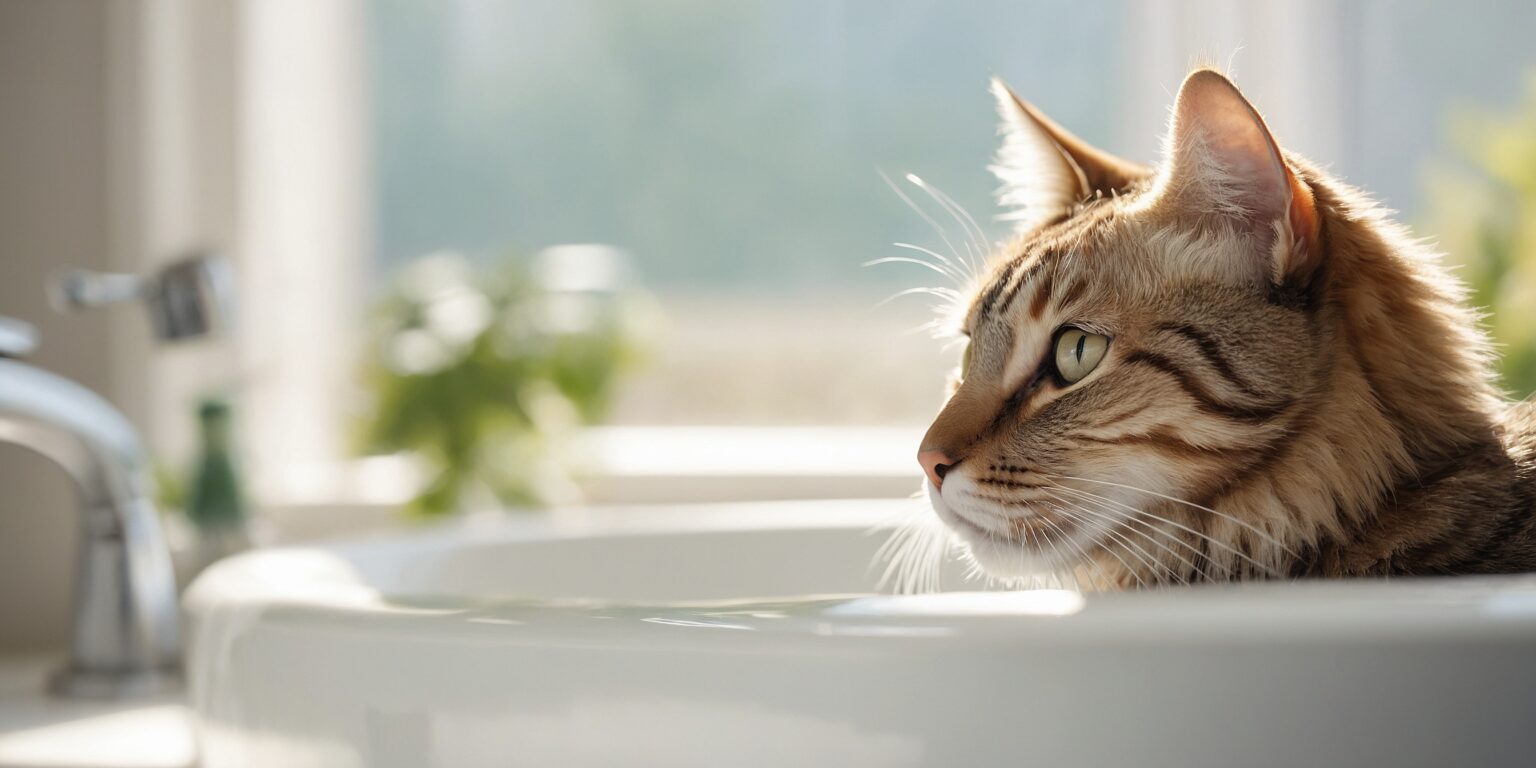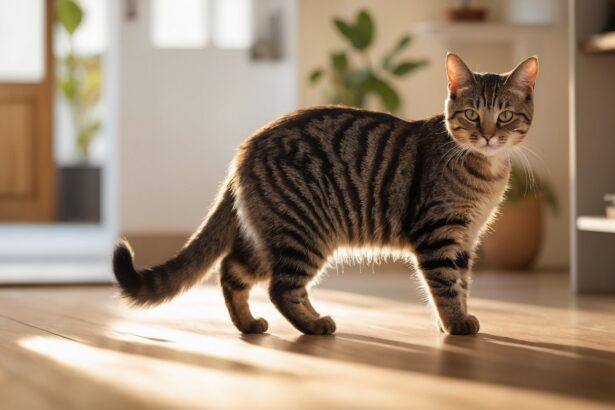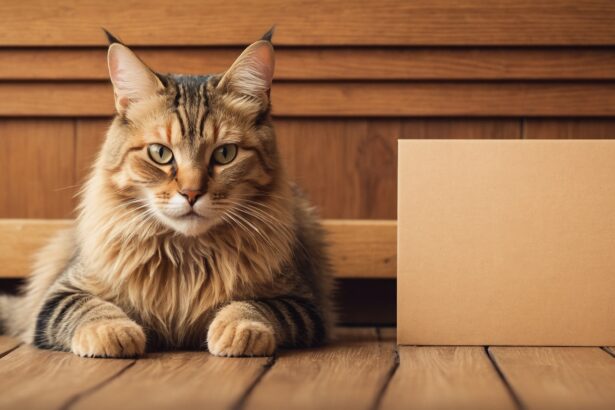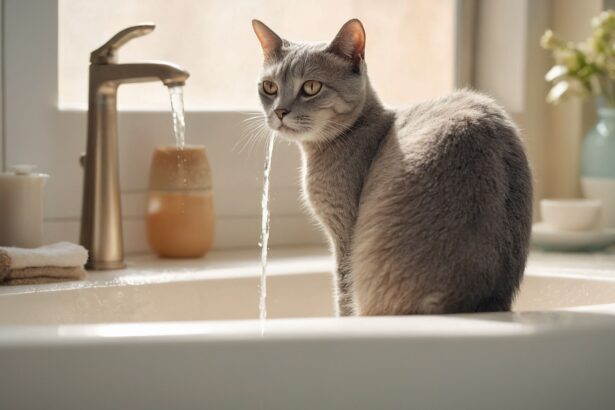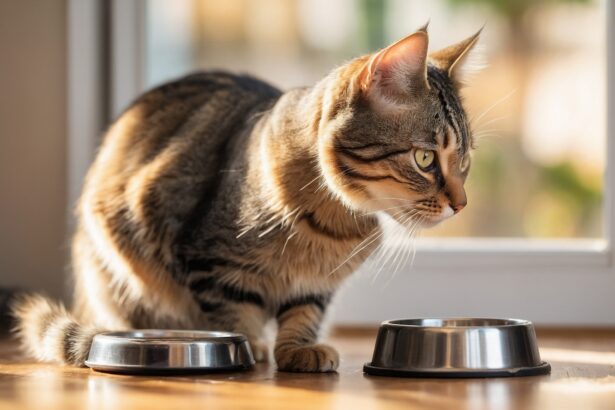Introduction
Does your cat sprint away the second a tap starts dripping? You’re not alone. Understanding why cats are afraid of water helps you support your whiskered friend with calm, confidence, and a few clever tricks.
- Introduction
- Why cats are afraid of water: instinct meets comfort
- Not all cats avoid the splash
- Breed tendencies and curious personalities
- Early experiences shape comfort
- When curiosity beats caution
- Gentle ways to help a water-wary cat
- When to skip the bath—and what to do instead
- Common mistakes to avoid
- Conclusion
- FAQ
Good news: it’s rarely “stubbornness.” It’s biology, comfort, and a dash of feline dignity. Ready to decode it?
Why cats are afraid of water: instinct meets comfort
Ancestry shaped their caution
Domestic cats evolved from felines that thrived in arid regions, where swimming wasn’t exactly part of survival. Their instinct says: stay dry, stay safe.
Researchers trace our house cat back to the African wildcat, a species adapted to dry habitats. That desert heritage still whispers in your cat’s ear.
Want a deeper dive into related causes and myths? Explore why some cats simply don’t like water and how that differs from true fear.
Wet fur changes everything
Cat fur isn’t made for soaking. Once drenched, it feels heavy, takes time to dry, and reduces agility—exactly when a cat wants to be nimble.
It also impacts temperature control, which can feel risky for a small predator-prey species. No wonder a puddle can feel like a trap.
Fun fact: some big cats, like tigers, actually enjoy swimming. Little cousins, big differences!
Sensory overload: scent and sound
Strong-smelling products, bathroom echoes, and splashing noises can overwhelm sensitive feline senses. A loud shower or gushing tap may feel chaotic.
On top of that, slippery surfaces reduce control. For a cat, control equals safety.
That’s why calm setups—and silence—matter more than we think.
Not all cats avoid the splash
Breed tendencies and curious personalities
Some individuals genuinely enjoy water play. You’ll often hear about the Turkish Van splashing happily, or playful Bengals reaching for streams.
Curiosity can nudge a cat to bat at drips, watch bathwater swirl, or inspect the sink. One brave paw at a time!
If you live with a water-curious breed, this Bengal cat guide is a great companion read.
Early experiences shape comfort
Gentle, positive exposure when a kitten is relaxed can normalize water as just another texture. No rush, no pressure.
Short, positive sessions beat one long “let’s just get it over with” bath.
And if your adult cat missed that phase? Slow, steady, and reward-based still works beautifully.
When curiosity beats caution
Ever seen your cat play with a slow stream from the tap? That’s curiosity meeting control. They choose when to approach and when to retreat.
Let your cat lead the rhythm. You’ll see confidence build naturally.
Gentle ways to help a water-wary cat
Step-by-step desensitization
Start dry: place your cat on a non-slip mat in the bathroom for a treat-and-go. No water yet—just happy vibes in the space.
Next, dampen a soft microfiber cloth with lukewarm water and gently stroke the body while offering a favorite snack. Gradually increase moisture over sessions.
Practical tip: warm the cloth between your hands and lightly rub it on your cat’s bedding first. Their own scent on the cloth can make the first contact feel familiar and safe.
Set up for success
- Use a non-slip mat and keep water shallow—just a few centimeters.
- Choose lukewarm water and a quiet room; avoid the noisy showerhead.
- Use cat-specific, fragrance-light shampoo only when truly needed.
- Pour with a cup instead of spraying; it’s gentler and quieter.
Need a full, step-by-step roadmap? Here’s how to wash your cat safely without stress.
Create safety from start to finish
Speak softly, move slowly, and keep sessions brief. Finish with a warm towel and a restful spot away from drafts.
Reward at the end, then let your cat decompress. A predictable routine builds trust.
Surprising but true: many cats tolerate a damp cloth or sponge-bath far better than submersion. That’s often all they need.
When to skip the bath—and what to do instead
Most cats self-clean impressively
Unless there’s a medical reason or heavy soiling, routine baths are optional. Brushing, spot-cleaning, and nail care cover most needs.
Try waterless cleansers designed for cats, or wipes approved by your vet. Gentle and effective wins every time.
For a holistic care routine, explore our cat grooming guide with easy, at-home steps.
Common mistakes to avoid
- Forcing your cat into water “just to get it done.” It backfires and deepens fear.
- Using loud dryers or strong scents; both can spike anxiety.
- Filling the tub first, then dropping your cat in. Instead, start with a damp cloth or shallow water.
- Skipping traction: no mat equals slippery panic.
- Bathing too often; it can irritate skin and stress your cat.
Error to avoid: switching shampoos frequently to “find the best smell.” Strong or changing fragrances can overwhelm sensitive noses.
If sudden frights are an issue, curiosity about objects can trigger startle responses—much like the cucumber trend. Learn about those triggers here: cats and cucumbers.
Conclusion
Fear of water makes perfect sense once you see the world through feline senses and history. With patience and a calm setup, many cats learn to accept a little dampness—or at least not panic.
Follow your cat’s pace, keep sessions short, and celebrate tiny wins. Comfort today becomes confidence tomorrow.
FAQ
Do cats really hate water or is it a myth?
Many cats dislike being soaked because wet fur is heavy and cold, and bathrooms can feel noisy and slippery. Some individuals do enjoy gentle water play.
How often should I bathe my cat?
Only when necessary: heavy dirt, skin issues, or specific vet advice. Most cats stay clean with brushing and occasional spot-cleaning.
What water temperature is best?
Lukewarm—close to body temperature. Too hot or too cold can cause discomfort and increase stress.
Can I use human shampoo on my cat?
No. Human products can irritate feline skin. Choose a cat-specific, fragrance-light shampoo and use it sparingly.


